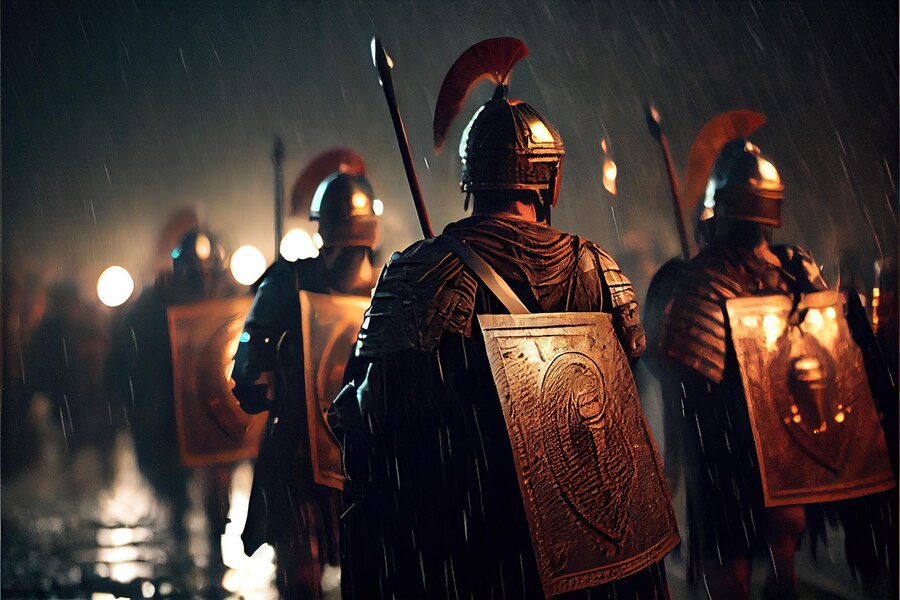The Links Between Vikings and Modern Technology
The Vikings are generally thought of as being a tough race of warriors, but they also made some wonderful inventions that allowed them to conquer parts of Europe and possibly reach North America.
What links are there between these Norse sailors and the modern technology that we use today?
How Vikings Are Present in Streaming and Casino Games
Streaming is one of the most exciting pieces of modern technology, and it now gives us some excellent ways to discover Viking history. While this culture communicated face to face, using runic stones, and through long sagas, we can now find out more about them on streamed shows like Vikings: Valhalla and The Last Kingdom on Netflix.
And with online slots now covering a variety of popular themes, it’s no surprise to see that games such as Viking Hoard can now be played on casino sites. This slot by CORE Gaming features many of the symbols that we associate with Viking warriors, such as axes and horns, with a scenic background. It uses the latest slot technology to offer 4096 ways to win on each spin and the possibility of free spins.
Movies such as 2022’s The Northman use modern movie-making techniques to introduce an updated version of the Viking story. The Northman cost $90 million to create and director Robert Eggers said that the lengthy editing process was the most grueling of his entire career. Computer-generated birds, volcano eruptions, and a realistic stormy sea were among the digital additions that made the film more compelling and let us understand the conditions the Vikings lived in more fully.
The History of Bluetooth and a Norse King
Perhaps the most surprising connection between the Vikings and our modern world comes in the shape of the Bluetooth functionality that allows us to hook up devices like speakers and printers effortlessly. In this case, the name comes from Harald “Bluetooth” Gormsson who was the King of Denmark and Norway in the tenth century. While there are various possible explanations for why he was given this nickname, the way that ‘Bluetooth’ made its way into our technology is clear.
Swedish engineer Sven Mattison and American counterpart Jim Kardach were working on a new type of wireless technology at the end of the last century and realized that they needed a good name for it. Turning to Norse history, they read about Harald, who united Denmark and Norway in a way that they felt related to their current task of bringing together devices. This is also why the Bluetooth logo and icon depicts the letters ‘H’ and ‘B’ in Nordic runes.
Ship-Building and the Their Mysterious Navigation Tools
For many years, historians were confused by the Vikings’ sailing feats. The evidence that they were the first Europeans to have reached North American shores is limited, but many experts believe that the explorer Leif Erikson sailed from Greenland to what is now Newfoundland in the tenth century. Part of the reason that they were so successful was their advanced boat construction techniques that allowed them to build light, fast ships that changed the way we think about sailing.
However, arguably their most important inventions allowed them to navigate with an incredible degree of precision. The Vikings were the first people in the Western hemisphere to create a functional compass, which gave them a massive advantage over others in terms of discovering new lands and being able to return to them whenever they wanted to. More intriguing is that some of this technology may have allowed them to locate the sun even in cloudy conditions.
Known as sunstones, these mysterious navigation tools were mentioned in several places but modern investigators can’t be sure what exactly they were or how they were used. One theory is that these were polarizing crystals that reflected or emitted light when held up. In the Northern latitudes where the sun never fully sets in summer and where magnetic deviation may be present, these stones could even have been even more reliable than modern magnetic compasses. While some stones have been discovered, we’ve yet to fully understand how they were used.
These links between the Viking age and modern times show us how advanced they really were and also highlight how modern technology has been influenced by them. Viking culture is hugely popular and should continue to remain so, partly thanks to how it has entered the modern world in different ways with the latest technology.

















